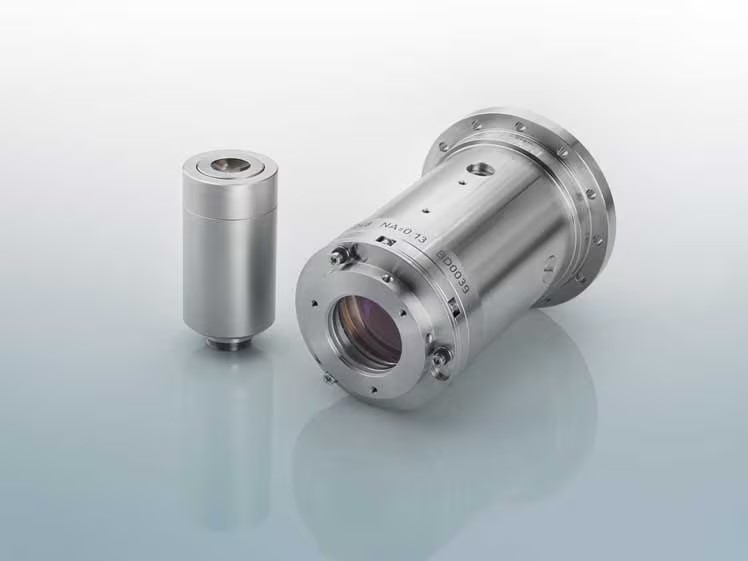Home / Semiconductor
The durability, hardness and wear properties of sapphire and ceramic make them an ideal match for the Semiconductor industry
The Challenge
The semiconductor industry continually seeks materials with exceptional properties to enhance the performance and reliability of electronic devices. Semiconductor processing has demanding requirements at all steps of production.
Epitaxy is a crucial process in semiconductor manufacturing, where thin layers of crystalline materials are deposited on a substrate to create integrated circuits.
During high-temperature processes such as annealing, sintering, and diffusion, high performance materials are necessary for use as wafer carriers and susceptors. The semiconductor industry often requires materials that can withstand high temperatures in specific applications.
Material for optical applications in the semiconductor industry require high transparency in the visible to near-infrared spectrum.
The Solution
Synthetic sapphire can be used as a substrate in epitaxial growth processes, providing a high-quality crystalline surface for the deposition of semiconductor layers. Sapphire’s excellent thermal conductivity and stability at high temperatures make it ideal for this application.
Sapphire’s ability to withstand extreme temperatures and maintain its mechanical and dimensional stability ensures the proper handling and uniform heating of semiconductor wafers.
Synthetic sapphire is employed as an insulating substrate in various semiconductor devices, including power electronics and high-frequency applications. Sapphire’s high electrical resistance and excellent thermal conductivity make it an ideal choice for isolating components, reducing heat generation, and optimizing electrical performance.
Synthetic sapphire, with its high melting point (approximately 2040°C), is used in environments where other materials would degrade. It finds applications in heat shields, chambers, and windows for high-temperature processes such as plasma etching, ion implantation, and rapid thermal processing.
Sapphire’s exceptional optical properties, such as high transparency in the visible to near-infrared spectrum, make it valuable for optical applications in the semiconductor industry. Synthetic sapphire is used as windows, lenses, and prisms in optical systems, lasers, and imaging devices. Its high hardness and scratch resistance ensure durability and longevity in harsh environments.
Figure #1 is an example of a high performance objective lens that would be used in the micromachining and marking process in the manufacture of semiconductor chips. This type of lens would utilize synthetic sapphire windows for the precision, robustness and optical properties.
The Benefit
Overall, synthetic sapphire’s exceptional properties, including high thermal conductivity, electrical insulation, optical transparency, mechanical strength, and chemical stability, make it a valuable material in the semiconductor industry. Its use in epitaxy, wafer carriers, insulating substrates, high-temperature applications, optical components, and photovoltaics contributes to improved performance, reliability, and efficiency in various semiconductor devices and processes.
At Analytical Components LLC, we focus on the critical finishing, processing and fitment of the precision sapphire components that are important for our customer applications.
Figure #1 (High performance objective lens)

